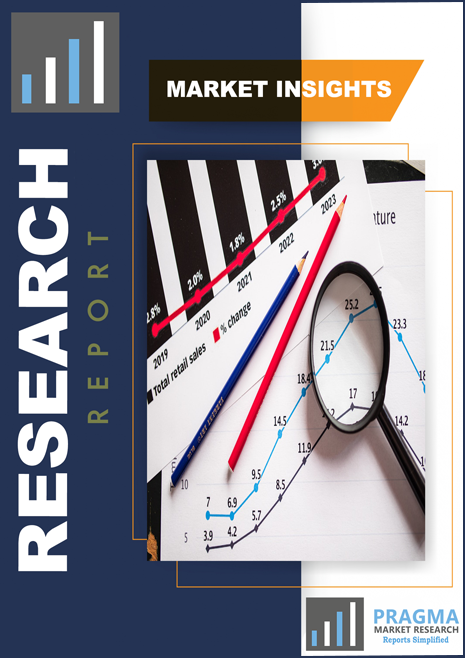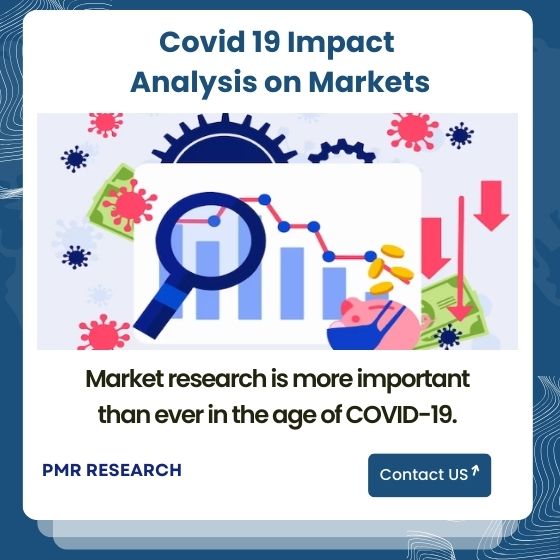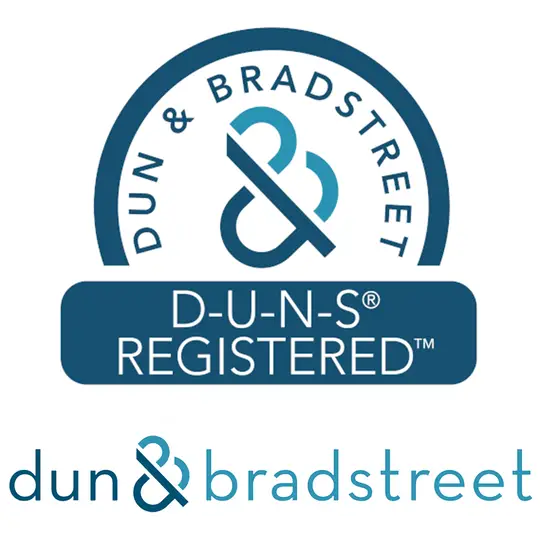
Global Automotive Plastics Market Size study, by Product (PP, ABS, PU, PE, PC, PA, PVC, PMMA), by Application (Powertrain, Interior/Exterior Furnishings, Electrical Components), by Process (Injection Molding, Blow Molding, Thermoforming and Others) and Regional Forecasts to 2027


Market Executive Summary
Global Automotive Plastics Market is valued approximately at USD 29.15 billion in 2020 and is anticipated to grow with a healthy growth rate of more than 5.57% over the forecast period 2021-2027. Automotive plastics are extensively used in automotive components and parts as they are durable, easy to manufacture and lead to lightweight designs of automotive components. The increasing demand from the automotive industry has been driving the Automotive Plastics market. According to Statista, global car sales are expected to hit 71.4 million units by 2021, up from 63.8 million units in 2019. There is a growing demand for design simplification and lighter weight automotive components which is boosting the demand for the use of plastic. According to Global eProcure (GEP), in March 2020, Plastics currently account for 50% of the overall vehicle volume but only 10% of the vehicle's weight, in upgraded cars. Also, 10% weight decrease in a vehicle, for example, improves fuel mileage by 5% to 7%. As a result, reducing vehicle weight by 1 kg is expected to reduce carbon emissions by at least 20 kg. Although plastic has less strength when compared to metal components, this may act as a restraint for its growth. However, increasing usage of recyclable plastics to curb carbon emissions acts as an opportunity for Automotive Plastics Market in the subsequent decades. Furthermore, a rise in investments and R&D in plastic recycling and a rising middle-class population will provide lucrative opportunities for the market.
Key regions such as Asia Pacific, North America, Europe, Latin America and Rest of the World are considered for geographical analysis of Automotive Plastics Market. Asia-Pacific is leading across the world in terms of market share and is also expected to exhibit a high growth rate for the forecast period 2021-2027 owing to strategic initiatives such as innovation and research and development, favorable government initiatives, and growing demand for light vehicles in the region.
Major market players included in this report are:
DuPont de Nemours
BASF SE
Covestro AG
Evonik Industries AG
Adient plc (Spin-Off from Johnson Control International plc)
Magna International, Inc.
Momentive Performance Materials, Inc.
SABIC
Dow Inc.
Borealis AG
The objective of the study is to define market sizes of different segments & countries in recent years and to forecast the values to the coming eight years. The report is designed to incorporate both qualitative and quantitative aspects of the industry within each of the regions and countries involved in the study. Furthermore, the report also caters the detailed information about the crucial aspects such as driving factors & challenges which will define the future growth of the market. Additionally, the report shall also incorporate available opportunities in micro markets for stakeholders to invest along with the detailed analysis of competitive landscape and product offerings of key players. The detailed segments and sub-segment of the market are explained below:
By Product:
Acrylonitrile Butadiene Styrene (ABS)
Polypropylene (PP)
Polyurethane (PU)
Polyvinyl Chloride (PVC)
Polyethylene (PE)
Polycarbonate (PC)
Polymethyl Methacrylate (PMMA)
Polyamide (PA)
Others
By Application:
Powertrain
Electrical components
Interior furnishings
Exterior furnishings
Under-the-hood components
Chassis
By Process:
Injection Molding
Blow Molding
Thermoforming
Others
By Region:
North America
U.S.
Canada
Europe
UK
Germany
France
Spain
Italy
ROE
Asia Pacific
China
India
Japan
Australia
South Korea
RoAPAC
Latin America
Brazil
Mexico
Rest of the World
Furthermore, years considered for the study are as follows:
Historical year ? 2018, 2019
Base year ? 2020
Forecast period ? 2021 to 2027
Target Audience of the Global Automotive Plastics Market in Market Study:
Key Consulting Companies & Advisors
Large, medium-sized, and small enterprises
Venture capitalists
Value-Added Resellers (VARs)
Third-party knowledge providers
Investment bankers
Investors
Table of Contents
Chapter 1. Executive Summary
1.1. Market Snapshot
1.2. Global & Segmental Market Estimates & Forecasts, 2019-2027 (USD Billion)
1.2.1. Automotive Plastics Market, by Product, 2019-2027 (USD Billion)
1.2.2. Automotive Plastics Market, by Application, 2019-2027 (USD Billion)
1.2.3. Automotive Plastics Market, by Process, 2019-2027 (USD Billion)
1.3. Key Trends
1.4. Estimation Methodology
1.5. Research Assumption
Chapter 2. Global Automotive Plastics Market Definition and Scope
2.1. Objective of the Study
2.2. Market Definition & Scope
2.2.1. Scope of the Study
2.2.2. Industry Evolution
2.3. Years Considered for the Study
2.4. Currency Conversion Rates
Chapter 3. Global Automotive Plastics Market Dynamics
3.1. Automotive Plastics Market Impact Analysis (2019-2027)
3.1.1. Market Drivers
3.1.1.1. Significant rise of the automotive industry
3.1.1.2. Ease of designing and weight reduction by plastic usage
3.1.2. Market Challenges
3.1.2.1. Less strength as compared to metal substitutes
3.1.3. Market Opportunities
3.1.3.1. Investments in recyclable plastics for automotive usage
Chapter 4. Global Automotive Plastics Market: Industry Analysis
4.1. Porter?s 5 Force Model
4.1.1. Bargaining Power of Suppliers
4.1.2. Bargaining Power of Buyers
4.1.3. Threat of New Entrants
4.1.4. Threat of Substitutes
4.1.5. Competitive Rivalry
4.1.6. Futuristic Approach to Porter?s 5 Force Model (2018-2027)
4.2. PEST Analysis
4.2.1. Political
4.2.2. Economic
4.2.3. Social
4.2.4. Technological
4.3. Investment Adoption Model
4.4. Analyst Recommendation & Conclusion
Chapter 5. Risk assessment: COVID -19 Impact
5.1. Assessment of the Overall Impact of COVID-19 on the industry
5.2. Pre COVID-19 and Post COVID-19 Market Scenario
Chapter 6. Global Automotive Plastics Market, by Product
6.1. Market Snapshot
6.2. Global Automotive Plastics Market by Product, Performance - Potential Analysis
6.3. Global Automotive Plastics Market Estimates & Forecasts by Product 2018-2027 (USD Billion)
6.4. Automotive Plastics Market, Sub Segment Analysis
6.4.1. Acrylonitrile Butadiene Styrene (ABS)
6.4.2. Polypropylene (PP)
6.4.3. Polyurethane (PU)
6.4.4. Polyvinyl Chloride (PVC)
6.4.5. Polyethylene (PE)
6.4.6. Polycarbonate (PC)
6.4.7. Polymethyl Methacrylate (PMMA)
6.4.8. Polyamide (PA)
6.4.9. Others
Chapter 7. Global Automotive Plastics Market, by Application
7.1. Market Snapshot
7.2. Global Automotive Plastics Market by Application, Performance - Potential Analysis
7.3. Global Automotive Plastics Market Estimates & Forecasts by Application 2018-2027 (USD Billion)
7.4. Automotive Plastics Market, Sub Segment Analysis
7.4.1. Powertrain
7.4.2. Electrical components
7.4.3. Interior furnishings
7.4.4. Exterior furnishings
7.4.5. Under-the-hood components
7.4.6. Chassis
Chapter 8. Global Automotive Plastics Market, by Process
8.1. Market Snapshot
8.2. Global Automotive Plastics Market by Process, Performance - Potential Analysis
8.3. Global Automotive Plastics Market Estimates & Forecasts by Process 2018-2027 (USD Billion)
8.4. Automotive Plastics Market, Sub Segment Analysis
8.4.1. Injection Moulding
8.4.2. Blow Moulding
8.4.3. Thermoforming
8.4.4. Others
Chapter 9. Global Automotive Plastics Market, Regional Analysis
9.1. Automotive Plastics Market, Regional Market Snapshot
9.2. North America Automotive Plastics Market
9.2.1. U.S. Automotive Plastics Market
9.2.1.1. Product breakdown estimates & forecasts, 2018-2027
9.2.1.2. Application breakdown estimates & forecasts, 2018-2027
9.2.1.3. Process breakdown estimates & forecasts, 2018-2027
9.2.2. Canada Automotive Plastics Market
9.3. Europe Automotive Plastics Market Snapshot
9.3.1. U.K. Automotive Plastics Market
9.3.2. Germany Automotive Plastics Market
9.3.3. France Automotive Plastics Market
9.3.4. Spain Automotive Plastics Market
9.3.5. Italy Automotive Plastics Market
9.3.6. Rest of Europe Automotive Plastics Market
9.4. Asia-Pacific Automotive Plastics Market Snapshot
9.4.1. China Automotive Plastics Market
9.4.2. India Automotive Plastics Market
9.4.3. Japan Automotive Plastics Market
9.4.4. Australia Automotive Plastics Market
9.4.5. South Korea Automotive Plastics Market
9.4.6. Rest of Asia Pacific Automotive Plastics Market
9.5. Latin America Automotive Plastics Market Snapshot
9.5.1. Brazil Automotive Plastics Market
9.5.2. Mexico Automotive Plastics Market
9.6. Rest of The World Automotive Plastics Market
Chapter 10. Competitive Intelligence
10.1. Top Market Strategies
10.2. Company Profiles
10.3. DuPont de Nemours
10.3.1.1. Key Information
10.3.1.2. Overview
10.3.1.3. Financial (Subject to Data Availability)
10.3.1.4. Product Summary
10.3.1.5. Recent Developments
10.3.2. BASF SE
10.3.3. Covestro AG
10.3.4. Evonik Industries AG
10.3.5. Adient plc (Spin-Off from Johnson Control International plc)
10.3.6. Magna International, Inc.
10.3.7. Momentive Performance Materials, Inc.
10.3.8. SABIC
10.3.9. Dow Inc.
10.3.10. Borealis AG
Chapter 11. Research Process
11.1. Research Process
11.1.1. Data Mining
11.1.2. Analysis
11.1.3. Market Estimation
11.1.4. Validation
11.1.5. Publishing
11.2. Research Attributes
11.3. Research Assumption
List of Figures
List of figures
FIG 1. Global Automotive Plastics Market, research methodology
FIG 2. Global Automotive Plastics Market, market estimation techniques
FIG 3. Global market size estimates & forecast methods
FIG 4. Global Automotive Plastics Market, key trends 2020
FIG 5. Global Automotive Plastics Market, growth prospects 2021-2027
FIG 6. Global Automotive Plastics Market, porters 5 force model
FIG 7. Global Automotive Plastics Market, pest analysis
FIG 8. Global Automotive Plastics Market, value chain analysis
FIG 9. Global Automotive Plastics Market by segment, 2018 & 2027 (USD Billion)
FIG 10. Global Automotive Plastics Market by segment, 2018 & 2027 (USD Billion)
FIG 11. Global Automotive Plastics Market by segment, 2018 & 2027 (USD Billion)
FIG 12. Global Automotive Plastics Market by segment, 2018 & 2027 (USD Billion)
FIG 13. Global Automotive Plastics Market by segment, 2018 & 2027 (USD Billion)
FIG 14. Global Automotive Plastics Market, regional snapshot 2018 & 2027
FIG 15. North America Automotive Plastics Market 2018 & 2027 (USD Billion)
FIG 16. Europe Automotive Plastics Market 2018 & 2027 (USD Billion)
FIG 17. Asia Pacific Automotive Plastics Market 2018 & 2027 (USD Billion)
FIG 18. Latin America Automotive Plastics Market 2018 & 2027 (USD Billion)
FIG 19. Global Automotive Plastics Market, company market share analysis (2020)

This report focuses on:
► Intelligent insights to take informed business decisions.
► Qualitative and quantitative analysis of the market.
► Market size and forecasts from 2024 to 2030.
► Opportunities for expansion and in-depth market analysis.
► Segmentation and regional revenue forecasts.
► Analysis of the market share and competitive landscape.
► Strategic recommendations for future growth.
You'll also receive:
► A comprehensive market research report in PDF or PPT formats.
► Access to our analysts to learn more about the report and get answers to your specific business questions.
► The option to customize the report to meet your specific needs, such as adding more countries or regions or developing abusiness case to launch a new product.


